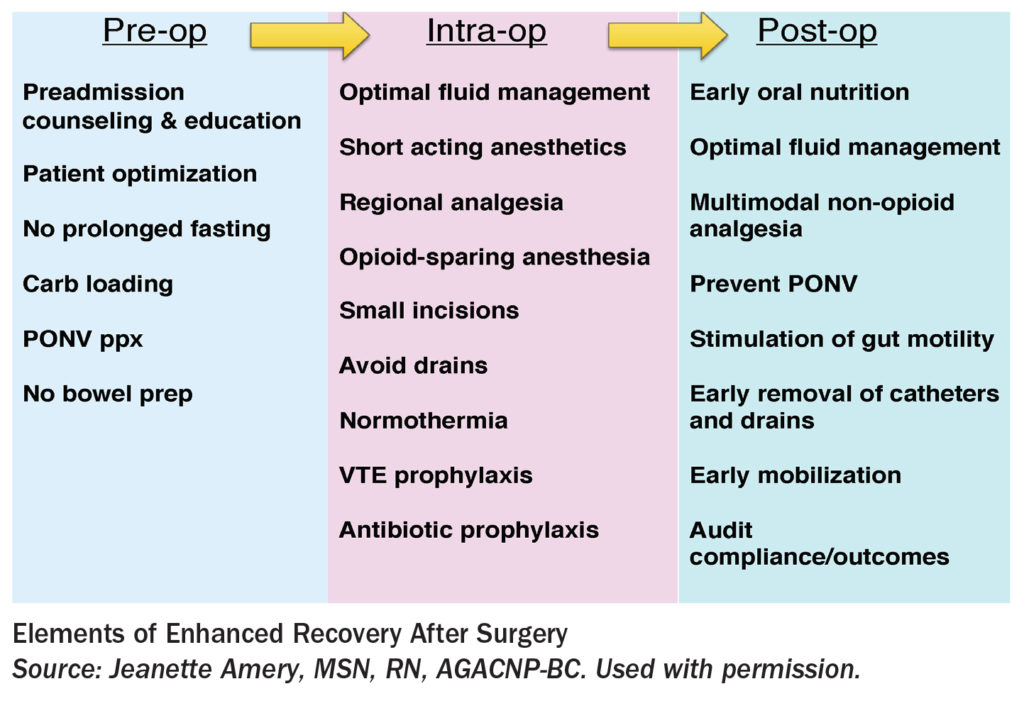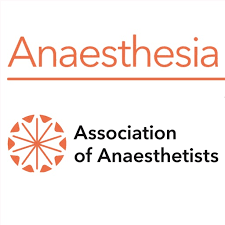 Postanesthesia Care
Postanesthesia Care
Study: Advanced recovery room care could reduce long-term postoperative mortality

Editor's Note Findings from The ARRC II study show using advanced recovery room care (ARRC) for medium-risk surgical patients significantly reduces 18-month postoperative mortality compared to standard ward care. As detailed in a December 11 research letter in JAMA Surgery, this benefit appears linked to minimizing early postoperative complications, which…
Proposals close December 16: Present at the 2025 OR Manager Conference

Editor's Note The 2025 OR Manager Conference Program Committee is seeking presentation proposals from passionate perioperative leaders and experts to share their experience October 28-30, 2025, in Anaheim, California. The OR Manager Conference is the only conference providing education specific to the needs of perioperative leaders in all facility types…
Anthem anesthesia payment policy reversal prompts statement from American Society of Anesthesiologists

Editor's Note The American Society of Anesthesiologists (ASA) commended Anthem's reversal of a policy to deny anesthesia payment based on arbitrary time limits, which was set for February 2025 in three states. “The now-rescinded policy was inconsistent with prevailing standards, regulations and billing norms, and revealed a diminished dedication to…
Blast from the past: Best practices for successful implementation of ERAS

Enhanced Recovery After Surgery (ERAS) represents a transformative approach in modern surgical care, emphasizing evidence-based, multidisciplinary protocols to optimize patient recovery. Spanning decades, ERAS has grown from a novel concept into a global standard for perioperative care, with benefits that include shorter hospital stays, fewer complications, and reduced healthcare costs.…
Perioperative leaders gather at 2024 OR Manager Conference

Editor's Note Three days of education and networking await perioperative professionals attending this week’s OR Manager Conference (ORMC), which runs through Wednesday, October 30 at the MGM Grand in Las Vegas. By the time today’s keynote speaker begins an address on resilience and mental health, many attendees will already have…
Study quantifies link between preoperative depression, postoperative delirium

Editor's Note Individuals with preoperative depression are at significantly higher risk of developing postoperative delirium, according to a systematic review and meta-analysis of 42 studies involving a total of 4.6 million patients. Published September 4 in Anaesthesia, the study is first review to quantify the incidence and risk of postoperative…
AAP releases first opioid prescribing guidelines for children

Editor's Note The first clinical guidance for prescribing opioids to children recommend combining the drugs with nonopioid medications like acetaminophen or ibuprofen rather than as monotherapy, according to a September 30 report in Healio. Released by The American Academy of Pediatrics (AAP), the guidance also specifies that naloxone should also…
How perioperative staff can combat human trafficking—Part 2

Human trafficking (HT) is a hidden-in-plain-sight crime—victims walk among the public at large, yet they remain essentially invisible. Lack of education and knowledge on HT and anti-trafficking measures is particularly egregious in healthcare. In fact, the literature shows the majority of people being trafficked access the system without being identified…
California updates guidance on CRNA scope of practice

Editor's Note Confusion about the scope of practice for Certified Registered Nurse Anesthetists (CRNAs) prompted The California Department of Public Health to update guidelines for acute care hospitals, MedPage Today reported September 18. Issued after violations at two Modesto hospitals resulted in hundreds of cancelled surgeries, a letter from the…
Anesthesia staffing, communication, patient safety: Q&A with OR Manager Conference speakers

Editor's Note Capacity issues persist within the anesthesia workforce, leaving perioperative leaders tasked with maintaining efficient operations and safe practices for patients through surgery. We spoke with leaders from SCA Health, Stormont Vail Health, and Heartland Anesthesia & Consulting to find out other challenges anesthesia providers are facing, and how…

 Free Daily News
Free Daily News